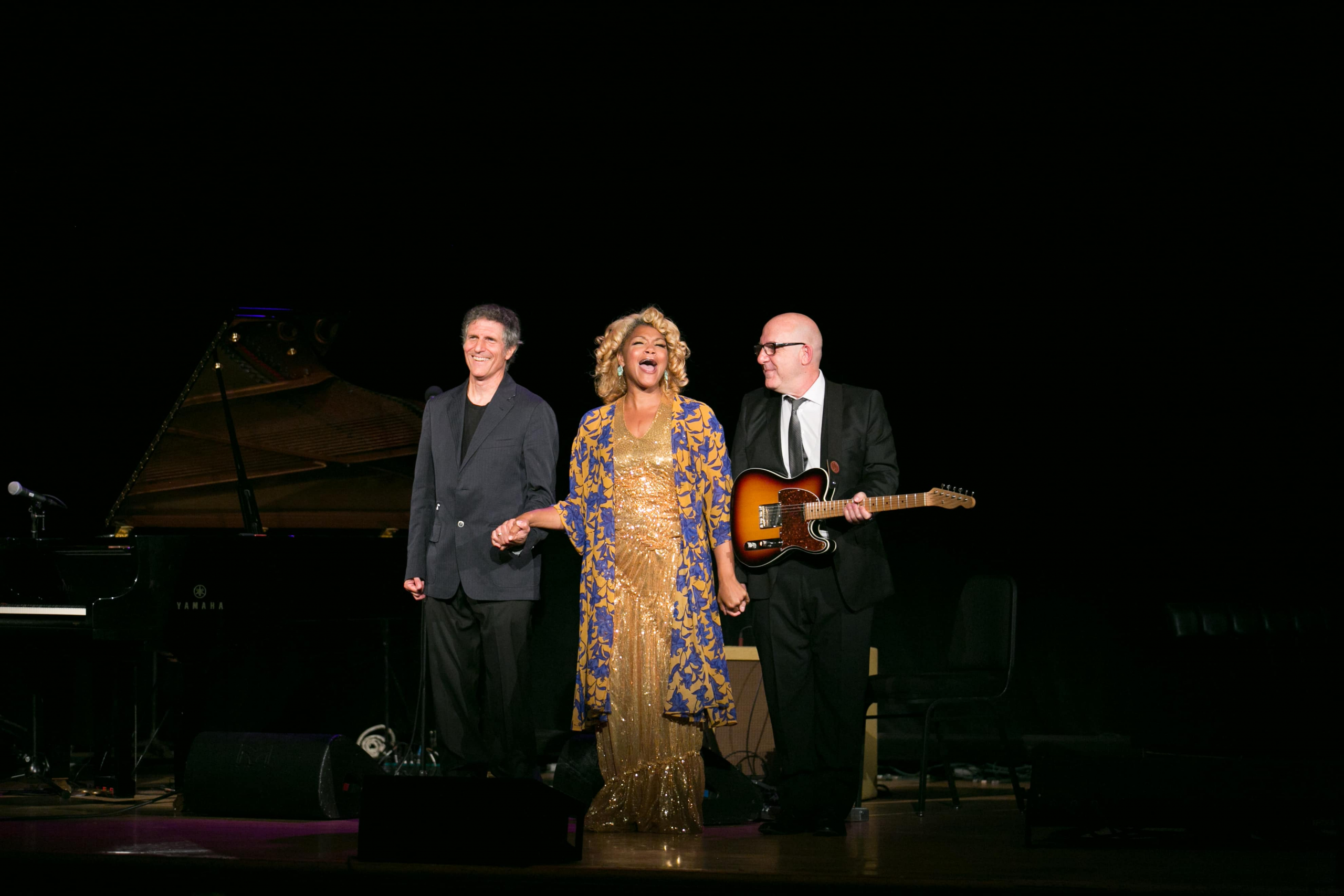On September 20, the Art Gallery of Ontario presented Creative Minds, a new semi-annual series held in collaboration with several institutions — such as Massey Hall, Banff Centre, and CBC Arts — that is aimed at initiating thought-provoking conversation about the arts.
The first event of the series, “Art and Social Justice,” featured four artists in conversation about the relationship between art and social justice. It covered issues of resistance and reconciliation, confidence and criticism in existing social movements, and receiving blowback as artists. André Alexis, Buffy Sainte-Marie, Deepa Mehta, and Rebecca Belmore were featured artists of the event.
“Art and Social Justice” began with a deep and soulful performance by Measha Brueggergosman, a world-renowned soprano.
As the evening went on, the artists provided their opinions on the definition of social justice; it seemed to be challenging for those who have long been involved with social justice advocacy.
As they spoke, Alexis introduced the notion of one citizenship for all and how society must live up to its promises; Sainte-Marie made a striking statement in saying that growing up, she was told she couldn’t identify as Indian because there weren’t anymore Indians. She noted that social justice is the idea that nobody should be told such a thing, and that no group should overpower another.
Alexis brought forward two other interesting notions. The first was that he was very aware of the social problem of ‘blackness’ and was expected to express his experience of it in his writing. He made it clear that he, a black man, does not seek to focus on blackness because there are other things he could talk about. He asked: how come white people don’t have to talk about the social circumstances of ‘whiteness’?
The other notion was the concept of an endpoint for the need of the Civil Rights movement. He asked the audience to think about the question: when would black people feel like the world is safe for them? He suggested that social justice requires that all people feel safe.
When asked whether the artists felt obligated to produce art, Mehta expressed that at times, she takes action when a story moves her — when she hears a story and is outraged. Other times, she feels obligated to uncover the truth of something.
The artists ended the discussion by emphasizing the importance of the future generation. Belmore talked about a video of a girl dressed in traditional aboriginal dress, dancing in a government building in an act of defiance; she explained how the girl sometimes experiences anxiety, but she does it anyway.
Belmore noted that we need more of that kind of attitude: the fear is a given, but the desire to defy and resist must be greater.


